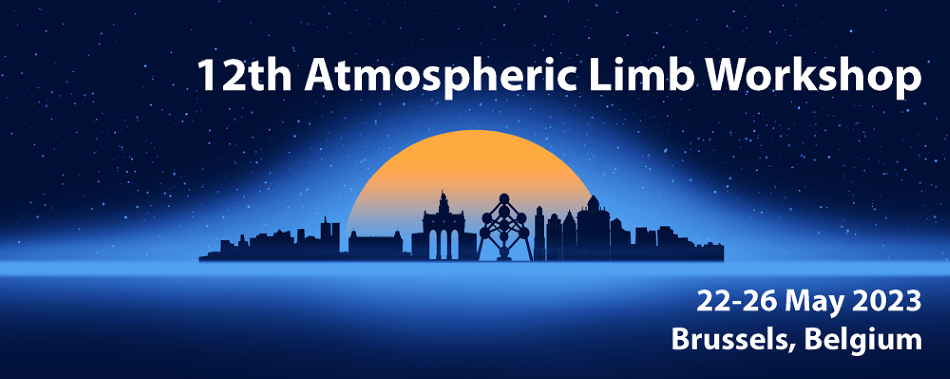Speaker
Description
NOAA’s goal of understanding climate change is supported by operations of satellite and ground-based ozone observations that allow monitoring of atmospheric composition variability and long-term changes in the stratosphere and troposphere. Both satellite and ground-based (GB) observations are needed to track stratospheric ozone recovery and to evaluate the atmospheric radiative budget. Both GB and satellite observing systems rely on each other to assure the stability and consistency of collected records in time and space.
The NOAA long-term GB ozone records are collected by remote sensing and balloon-borne in-situ systems which are well-calibrated. Inter-instrumental homogenization of these long-term records is assessed through regular intercomparisons. The NESDIS Ozone Mapping and Profiler Suite (OMPS) instruments aboard the Suomi National Polar-orbiting Partnership (S-NPP) and Joint Polar Satellite System (JPSS) satellites collect global information about stratospheric ozone recovery. The NOAA Cohesive (COH) dataset combines OMPS and Solar Backscatter Ultraviolet Instrument (SBUV) data creating an over 40-year record of ozone data for use in trends and ozone monitoring. The stability of the OMPS measurements, both radiometric and in their Equator crossing times, their longer than "planned" lifetimes, and the reprocessing of the full records are key factors in their value as a component of the long-term satellite ozone record.
The S-NPP Limb profiler (LP) technique provides high vertically resolved profiles and therefore is of interest for analyses of atmospheric composition in the lower stratosphere (LS). The OMPS-LP data were used in two of the combined satellite records used in trend analyses (See Godin-Beekmann et al, 2022). Analyses indicate a continuous decline in LS ozone levels since 2000. The recent reprocessing of the Limb records by NASA addressed the drift in the S-NPP Limb records (Kramarova et al., 2022, AGU), thus creating an opportunity to repeat intercomparisons (presented in 2021) of the GB and OMPS satellite ozone records over an almost 10-year period. Implications of correction of the drifts in the S-NPP OMPS Limb ozone profiles on the derived stratospheric ozone trends will be discussed.

